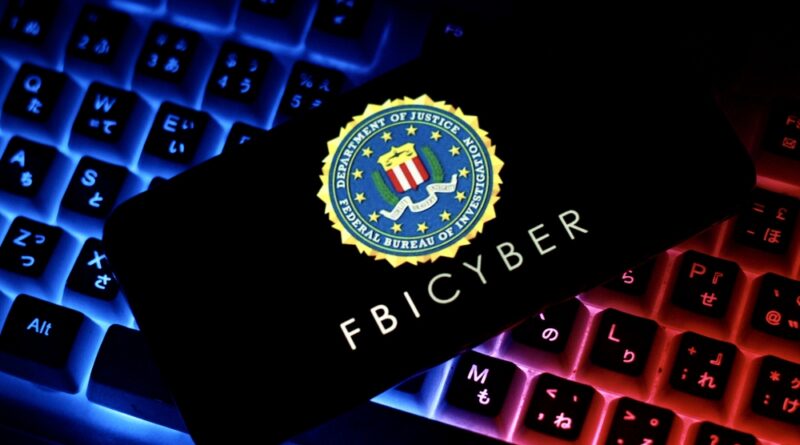FBI Urges Immediate Adoption of Two-Factor Authentication Amid Surge in Cyber Attacks
WASHINGTON, D.C. — In the face of an upswing in ransomware incidents, the Federal Bureau of Investigation has encouraged organizations and individuals to strengthen their cyber defenses by adopting two-factor authentication (2FA). The advisory comes as the number of cyber extortion attacks—sometimes referred to as ransomware—continues to rise, according to multiple reports tracking 2025 cybercrime trends.
A Mounting Threat
Recent threat intelligence shows a growing number of ransomware variants plaguing both corporate and individual targets. Analysts at ReliaQuest revealed that data-leak sites—platforms used by cybercriminals to list victims who refuse to pay a ransom—have broken records in the first quarter of 2025. The report highlighted a significant spike in criminal activity from groups such as Clop, FunkSec, and Medusa.
Among the most concerning figures:
-
Clop accounted for more than a third of new victims named on data-leak sites in February 2025.
-
FunkSec’s victim count nearly doubled compared to late 2024.
-
Medusa, a ransomware-as-a-service operation, gained momentum after other criminal gangs were disrupted last year.
FBI’s Recommended Countermeasures
Cybersecurity experts often stress the value of multifaceted protection strategies—especially as criminal tactics evolve at a rapid pace. The FBI, in cooperation with the U.S. Cybersecurity and Infrastructure Security Agency (CISA), has outlined a suite of best practices aimed at mitigating ransomware risks. Chief among these measures is adopting two-factor authentication for all critical accounts, including email, remote access services, and any platforms with administrative privileges.
Additional key advice includes:
-
Maintaining strong, unique passwords for important accounts
-
Keeping multiple backups of sensitive data, stored offline or in secured segments
-
Regularly updating operating systems and software to patch known vulnerabilities
-
Monitoring networks for abnormal activities or unauthorized access attempts
-
Restricting network traffic from unknown sources
-
Ensuring that command-line scripts, ports, and other system utilities are disabled if not strictly needed
Why 2FA Matters
Two-factor authentication adds an extra layer of security beyond the traditional password. Even if attackers obtain user credentials, 2FA can prevent them from gaining access without a secondary verification step. This requirement drastically reduces successful breaches, lowering the likelihood of criminals gaining a foothold within organizational systems.
Adapting to the Growing Danger
While ransomware has been a persistent threat for years, the latest data shows hackers are intensifying their efforts. Cybercriminals often leverage extortion by threatening to expose or permanently delete sensitive data unless victims pay a hefty ransom—usually in cryptocurrency. Many victims also face steep recovery costs and reputational damage if they fail to respond effectively.
Law enforcement agencies and security researchers consistently emphasize proactive measures, urging organizations to invest in preventative tools and training. In addition, industry experts recommend transparent policies on data backups, clear communication strategies, and strong internal controls to keep sensitive data—like customer information or intellectual property—out of criminals’ reach.
Staying Ahead in 2025
With attacks on the rise, even small businesses and individuals can become targets. Experts suggest that following the FBI’s guidelines not only helps deter ransom-seeking criminals but also puts organizations in a stronger position to minimize downtime and financial loss if a security breach does occur. As ransomware groups evolve their methods, the importance of frequently revisiting and updating cybersecurity measures will only grow.
Though challenges lie ahead, two-factor authentication and a robust suite of defensive measures stand as the primary recommendations from authorities. With cyber extortion proving more formidable each year, organizations that heed these calls and fortify their networks may be far better equipped to navigate the turbulent landscape of digital threats.
Photo Credit: DepositPhotos.com

